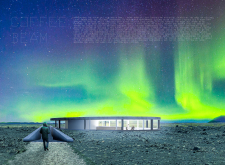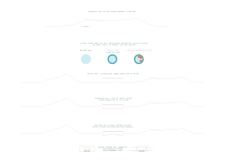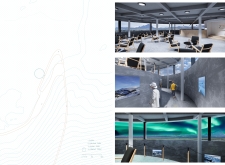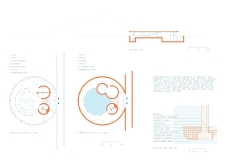5 key facts about this project
The main design concept revolves around the interplay between the built environment and its natural surroundings. The architecture utilizes a minimalist aesthetic to avoid overwhelming the landscape, while maintaining practical functionality for visitors. The project consists of two distinct levels: an underground area that offers an intimate atmosphere and a ground level that maximizes views of the scenic horizon, providing a balanced experience between privacy and openness.
The building employs a range of materials that enhance its connection to the environment. Key materials include coffered concrete, large glass panels, local natural stone, and timber. The use of concrete supports structural integrity while the glass panels blur the boundary between inside and outside, allowing natural light to penetrate the interior. The timber elements add warmth and comfort, contributing to an inviting atmosphere.
The unique aspects of "Coffee Beam" are derived from its dual functionality and its design philosophy. The coffee shop serves as a communal space that fosters social interactions, while the exhibition space provides educational opportunities regarding local culture and ecology. This arrangement promotes a greater understanding of the surroundings, allowing visitors to engage more deeply with the site.
Innovative design approaches are evident in the architectural layout and material selection. The careful orientation of large windows facilitates panoramic views, enhancing the visitor experience while grounding the structure within its landscape. The integration of outdoor pathways not only directs visitors to the entrance but also presents a transition that connects the architecture with the natural environment.
This project stands out for its commitment to sustainability and user experience, effectively illustrating how contemporary architecture can coexist with nature. For a deeper understanding of the design, explore the architectural plans, sections, and ideas presented in the project documentation to appreciate the comprehensive approach taken in developing "Coffee Beam."


























